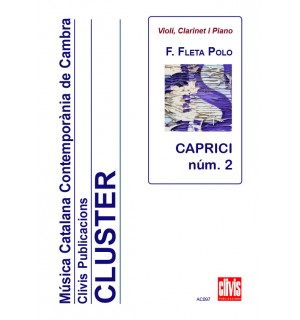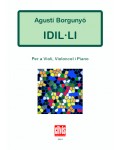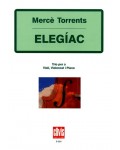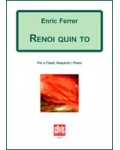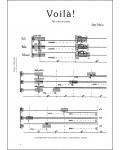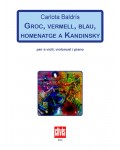
No products
Prices are tax included
Product successfully added to your shopping cart
There are 0 items in your cart. There is 1 item in your cart.
- English
- Castellano
- Català
Caprici núm. 2
DAC097
In the opening section of Caprici núm. 2 by F. Fleta Polo the instruments are presented one by one through the use of solo parts, before merging to form the chamber piece proper, and the contrapuntal writing can be seen throughout in a piece whose appeal lies in its contrasts in colour and character.
| Period | 20th c. |
| Instruments | vl.cl.pno. |
| Pages | 29 |
| Time | 8 min. |
| Contents | score + parts |
| ISMN | 979-0-3502-0739-6 |
| Price of print edition | 16€ |
| Edition | Digital |
Among Francisco Fleta’s extensive body of chamber music there are various pieces with the titles Capricho, Impromptu and Fantasia, and all of them are driven by the same idea: pieces written from top to bottom, as they come out naturally, without any other pretension besides that of fulfilling the composer’s need to make music for the ensemble of instruments he has before him and, above all else, to the satisfaction of the musicians for whom it is created.
This is the case with Caprici núm. 2 per a violí, clarinet i piano (Capriccio no. 2 for violin, clarinet and piano), a piece developed by the Bartok Trio and debuted in 1979 at the Festival Internacional de Granollers by its dedicatees: Pere Serra (violin), Miquel Gaspà (clarinet) and Ma. Carme Poch (piano). The review that appeared in La Vanguardia newspaper on 16 May 1979 featured the performance of the same Capricho núm. 2 given by the Bartok Trio a few days before at the Barcelona Municipal Conservatory of Music, calling it an “beautiful and well-crafted” piece. There is no doubt that the piece fulfils both of the composer’s intentions.
In the opening section the instruments are presented one by one through the use of solo parts, before merging to form the chamber piece proper, and the contrapuntal writing can be seen throughout in a piece whose appeal lies in its contrasts in colour and character.
David Puertas

